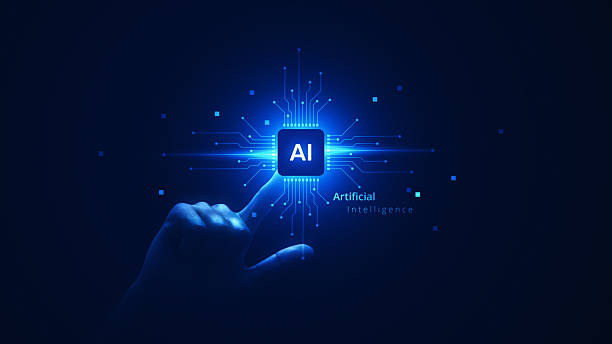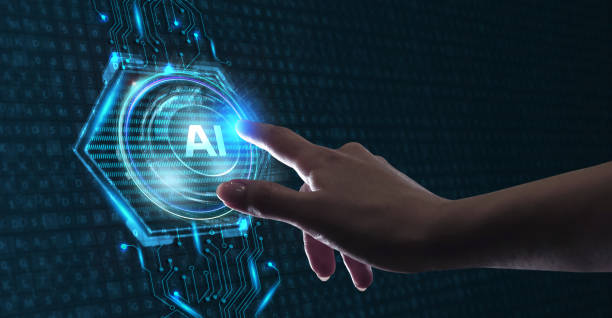What is an Artificial Intelligence Robot? A Comprehensive Definition
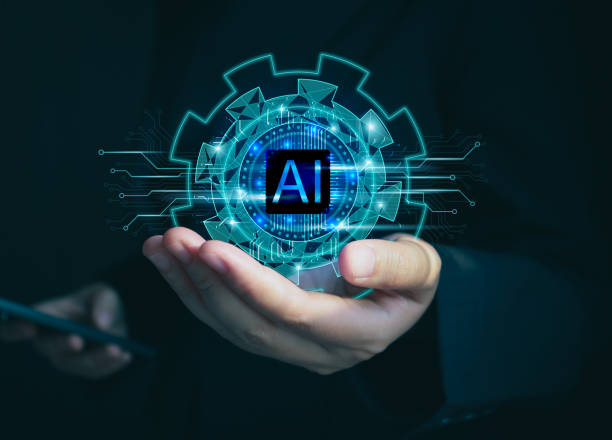
In today’s world, the term #Artificial_Intelligence (AI) is increasingly heard.
But when it comes to artificial intelligence robots, what exactly are we referring to? Simply put, an artificial intelligence robot is an intelligent agent capable of understanding its surroundings, reasoning, learning, and performing tasks independently.
These entities can be in physical form, like industrial robots, or in software form, like virtual assistants.
Artificial intelligence robots use complex algorithms and machine learning models to process data and make decisions.
This ability allows them to react appropriately in various situations and continuously improve their performance.
By leveraging high computing power and access to vast amounts of data, artificial intelligence robots can perform tasks that were previously only possible for humans.
These tasks include pattern recognition, language translation, solving complex problems, and even creating works of art.
Artificial intelligence robots are rapidly becoming an integral part of our daily lives and are expected to play a much more important role in the future.
With this definition, artificial intelligence robots are no longer a distant concept but a tangible reality shaping our world.
Tired of losing customers due to poor e-commerce website design? Solve this problem forever with Rasaweb!
✅ Increase sales and visitor-to-customer conversion rate
✅ Smooth and attractive user experience for your customers⚡ Get a free consultation
Types of Artificial Intelligence Robots: Classification Based on Application
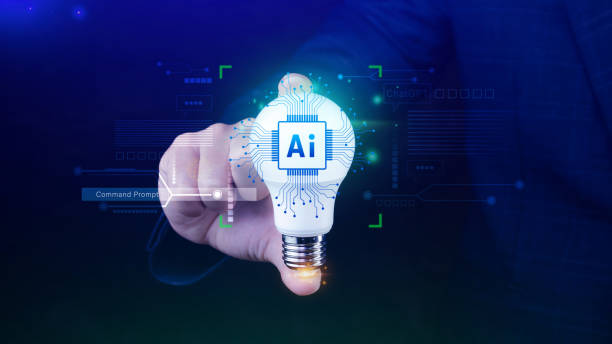
Artificial intelligence robots are divided into different categories based on their applications.
Industrial Robots Industrial Robots are used in factory production lines to perform repetitive and precise tasks.
Virtual assistants Virtual assistant such as Siri and Alexa answer user questions, set reminders, and perform simple tasks.
Service robots are used in hospitals, hotels, and restaurants to provide services to customers.
Military robots are used in reconnaissance operations, bomb disposal, and even armed conflicts.
Space robots are designed to explore planets and collect information from space.
Each of these types of artificial intelligence robots has unique features and capabilities that make them suitable for specific tasks.
This diversity of artificial intelligence robots demonstrates the high potential of this technology in solving problems and improving the quality of human life.
In every field that artificial intelligence robots enter, they increase efficiency and accuracy by providing innovative solutions.
As a result, artificial intelligence robots are no longer just a tool but an intelligent partner that can work alongside humans towards common goals.
The use of artificial intelligence robots has increased dramatically in various industries.
Artificial Intelligence Robot Architecture: Components and How They Work
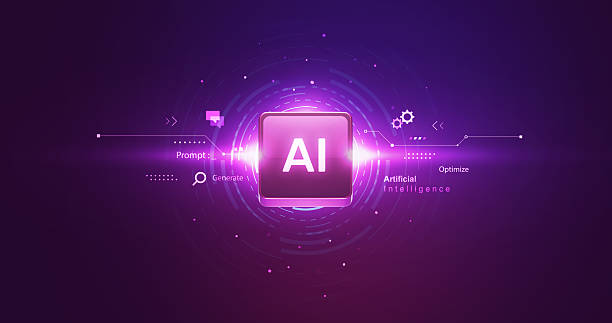
The architecture of an artificial intelligence robot consists of various components, each playing an important role in its overall performance.
Sensors collect information from the environment, allowing the robot to be aware of its surroundings.
Processors analyze the collected data and make necessary decisions.
Actuators execute the commands of the processors, enabling the robot to interact with the environment.
Artificial intelligence algorithms are the beating heart of the robot, responsible for learning, reasoning, and problem-solving.
By combining these components, the artificial intelligence robot is capable of performing complex and diverse tasks.
Data is first collected through sensors, then analyzed by processors, and finally, actuators take action based on the decisions made.
This process is continuously repeated, enabling the artificial intelligence robot to dynamically adapt to its environment.
With this architecture, the artificial intelligence robot can operate intelligently in various situations and achieve its set goals.
For example, an agricultural artificial intelligence robot can use sensors to measure soil moisture, use processors to decide how much water is needed for irrigation, and use actuators to control the irrigation system.
| Component | Description |
|---|---|
| Sensors | Collect information from the environment |
| Processors | Analyze data and make decisions |
| Actuators | Execute processor commands |
| Artificial Intelligence Algorithms | Learning, reasoning, and problem-solving |
Machine Learning and its Role in the Development of Artificial Intelligence Robots

Machine learning Machine learning is one of the most important factors in the development of artificial intelligence robots.
Using machine learning algorithms, robots can learn from data and improve their performance.
Supervised learning, unsupervised learning, and reinforcement learning are among the common machine learning methods used in artificial intelligence robots.
In supervised learning, the robot is trained using labeled data and learns how to recognize patterns.
In unsupervised learning, the robot discovers hidden patterns and structures using unlabeled data.
In reinforcement learning, the robot learns how to act in its environment and earn more rewards by trial and error.
Using these methods, the artificial intelligence robot can continuously improve its performance and achieve more complex goals.
For example, an artificial intelligence robot can learn how to recognize images using supervised learning, identify different customer groups using unsupervised learning, and perform optimally in a computer game using reinforcement learning.
Did you know that a weak corporate website costs you many opportunities daily? Solve this problem forever with professional corporate website design by Rasaweb!
✅ Create a powerful and reliable image of your brand
✅ Targeted attraction of new customers and increased sales
⚡ [Get a free website design consultation]
Applications of Artificial Intelligence Robots in Various Industries

Artificial intelligence robots have extensive applications in various industries.
In the #Healthcare industry, robots can assist doctors in surgery, patient care, and disease diagnosis.
In the manufacturing industry, robots can be used on production lines to perform repetitive and dangerous tasks.
In the transportation industry, robots can control self-driving cars, drones, and traffic management systems.
In the education industry, robots can help students as private tutors, teaching assistants, and interactive learning tools.
With these diverse applications, artificial intelligence robots can significantly increase efficiency, accuracy, and safety in various industries.
For example, an artificial intelligence robot can analyze medical images using machine learning algorithms and help doctors diagnose cancer early.
An artificial intelligence robot can perform dangerous tasks on production lines using sensors and actuators, preventing worker injuries.
Artificial intelligence robots have the potential to revolutionize various industries and help improve the quality of human life.
Increased use of artificial intelligence robots in organizations shows an upward trend.
Advantages and Disadvantages of Using Artificial Intelligence Robots
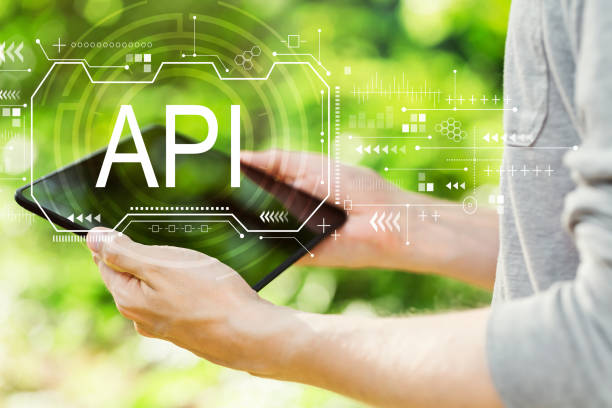
The use of artificial intelligence robots has its own advantages and disadvantages.
Advantages include increased efficiency, accuracy, safety, and reduced costs.
Artificial intelligence robots can perform tasks faster, more accurately, and at a lower cost than humans.
Also, robots can work in dangerous and unsuitable conditions, preventing human injuries.
Disadvantages of using artificial intelligence robots include job losses, ethical concerns, and security risks.
Artificial intelligence robots can replace human labor, leading to increased unemployment.
Also, the use of artificial intelligence robots can raise ethical concerns about privacy, discrimination, and accountability.
In addition, robots can be misused and used as weapons or tools for espionage.
Despite the many benefits, artificial intelligence robots require careful and responsible management to prevent potential problems and risks.
Responsible use of artificial intelligence robots is essential for the future of humanity.
Artificial intelligence robots can lead to human advancement with proper use.
Challenges Facing the Development of Artificial Intelligence Robots
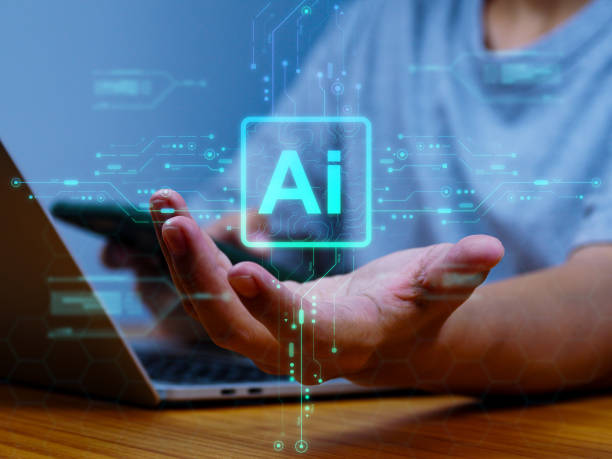
The development of artificial intelligence robots faces numerous challenges.
One of the most important challenges is the lack of training data.
Machine learning algorithms require a large amount of data for training, but collecting and labeling this data can be very costly and time-consuming.
Another challenge is the complexity of artificial intelligence algorithms.
Designing and implementing algorithms that can effectively interact with complex and dynamic environments is very difficult.
Also, ethical and legal issues related to the use of artificial intelligence robots are among the important challenges facing the development of this technology.
How can the misuse of artificial intelligence robots be prevented? How can the accountability of robots be ensured? These questions require precise and comprehensive answers.
Despite these challenges, artificial intelligence robots are still advancing rapidly and are expected to play a much more important role in our lives in the future.
Solving these challenges is necessary and essential for the better growth and development of artificial intelligence robots.
| Challenge | Description |
|---|---|
| Lack of training data | Need for a large amount of data to train algorithms |
| Complexity of algorithms | Designing and implementing complex algorithms |
| Ethical and legal issues | Concerns regarding privacy, discrimination, and accountability |
The Future of Artificial Intelligence Robots: Predictions and Trends

The future of artificial intelligence robots looks very bright and promising.
It is predicted that in the future, artificial intelligence robots will play a much more important role in our lives and create great transformations in various fields such as healthcare, education, manufacturing, transportation, and customer service.
One of the important trends at the moment is the development of self-learning artificial intelligence robots that can learn from data and improve their performance without human intervention.
Another trend is the development of collaborative robots that can work alongside humans and help them perform tasks.
Also, it is expected that in the future, we will witness the development of emotional artificial intelligence robots that can recognize human emotions and respond to them appropriately.
With these advances, artificial intelligence robots have the potential to fundamentally change our world and help improve the quality of human life.
Artificial intelligence robots will be not only a tool but an intelligent partner on the path to progress.
In the future, artificial intelligence robots will provide new job opportunities by creating new jobs.
Are you tired of losing business opportunities due to the lack of a professional corporate website?
With a professional corporate website design, Rasaweb helps you:
✅ Build a powerful and reliable image of your brand
✅ Convert website visitors into loyal customers
⚡ Get a free consultation right now!
Ethical Considerations in the Design and Use of Artificial Intelligence Robots
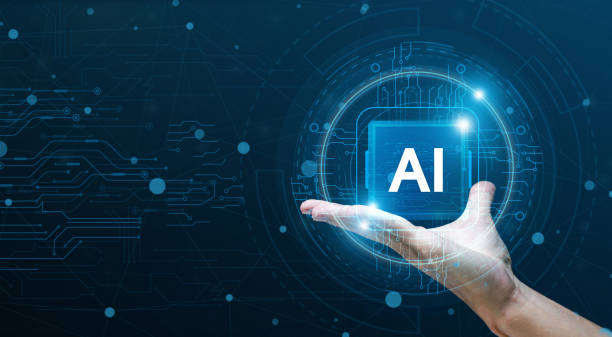
When designing and using artificial intelligence robots, it is very important to pay attention to ethical considerations.
It must be ensured that robots are designed in such a way that they respect human rights and values and refrain from harming humans.
Also, there should be mechanisms for accountability for the performance of robots and compensation for damages resulting from their mistakes.
Transparency and explainability are other important ethical considerations.
It must be ensured that the decisions of robots are understandable and explainable and that they can be reviewed and corrected if necessary.
Discrimination and injustice are also among the ethical concerns related to artificial intelligence robots.
It must be ensured that artificial intelligence algorithms are designed in such a way that they prevent discrimination against specific groups and uphold justice.
By observing these ethical considerations, artificial intelligence robots can become a powerful tool for improving human lives.
Artificial intelligence robots should be used in the interests of society and in accordance with ethical principles.
Observing ethical points when using artificial intelligence robots can prevent negative consequences.
How Artificial Intelligence Robots Affect Our Lives: Summary and Key Points
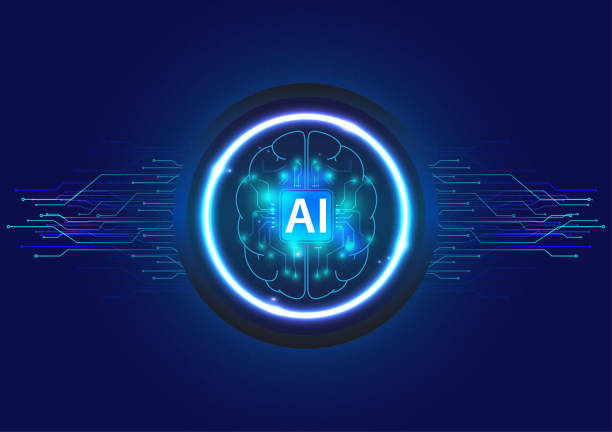
Artificial intelligence robots are increasingly infiltrating various aspects of our lives, affecting how we work, live, and interact with each other.
From virtual assistants on smartphones to self-driving cars on the roads, artificial intelligence robots are changing the world around us.
This technology can help us perform everyday tasks, solve complex problems, and improve our quality of life.
However, the use of artificial intelligence robots requires critical thinking and responsible management.
We need to be aware of the advantages and disadvantages of this technology and strive to use it in a way that benefits society and prevents potential problems and risks.
With this approach, artificial intelligence robots can become a powerful tool for progress and development, helping to create a better world for all.
Artificial intelligence robots are not just a technology, but an opportunity to build a brighter future.
By using artificial intelligence robots correctly, we can witness a different and more advanced world.
FAQ
| Question | Answer |
|---|---|
| What is an artificial intelligence robot? | An Artificial Intelligence Robot (AI Robot) is a machine capable of understanding its environment, reasoning, learning, and making decisions to perform tasks independently. |
| What is the difference between ordinary robots and artificial intelligence robots? | Ordinary robots perform repetitive tasks based on pre-programming, while artificial intelligence robots can learn from experience, interact dynamically with the environment, and even behave in a way that resembles human intelligence. |
| What are the main applications of artificial intelligence robots? | They are used in industries (manufacturing, assembly), medicine (surgery, diagnosis), services (customer support, domestic), exploration (space, underwater), and many other fields. |
| What technologies are used to build artificial intelligence robots? | Machine Learning, Computer Vision, Natural Language Processing, Deep Learning, and Robotics are among the key technologies. |
| Can artificial intelligence robots have emotions? | Currently, robots do not have emotions in the human sense. They can identify and react to emotions, but they do not experience emotions themselves. |
| What are the main challenges in developing artificial intelligence robots? | Safety, reliability, ethics, autonomy, adaptability to complex environments, and natural interaction with humans are important challenges. |
| How are artificial intelligence robots trained? | They are usually trained using large amounts of data, machine learning algorithms, and deep learning to identify patterns and make decisions. |
| Examples of artificial intelligence robots in everyday life? | Smart robotic vacuum cleaners, customer support chat robots, self-driving cars, and surgical robots in hospitals. |
| Are artificial intelligence robots a threat to human jobs? | Some repetitive jobs may be automated, but at the same time, robots can increase productivity and create new jobs in the field of developing, maintaining, and monitoring these systems. |
| How is the future of artificial intelligence robots predicted? | They are expected to become smarter, more autonomous, and capable of performing more complex tasks, and to interact more closely with humans in various environments. |
And other services of Rasa Web advertising agency in the field of advertising
Intelligent Conversion Rate Optimization: Designed for businesses looking to grow online through custom programming.
Intelligent Brand Identity: A combination of creativity and technology for user engagement through precise audience targeting.
Intelligent Digital Advertising: A creative platform to improve customer acquisition with custom programming.
Intelligent Marketing Automation: A professional solution for online growth with a focus on custom programming.
Intelligent Website Development: Designed for businesses looking to increase sales by optimizing key pages.
And more than hundreds of other services in the field of internet advertising, advertising consulting, and organizational solutions
Internet Advertising | Advertising Strategy | Reportage Advertisement
Resources
What is Artificial Intelligence Robot? Web Radar
,Types of Smart Robots and Their Applications – Aparat
,Artificial Intelligence – Wikipedia
,Smart Robot: Applications and Challenges – Virgool
? For a significant leap in your business in the digital space, Rasaweb Afarin Digital Marketing Agency, with a new and specialized approach, is ready to provide services such as professional website design and comprehensive online marketing strategies to you.
📍 Tehran, Mirdamad Street, next to the Central Bank, Southern Kazerun Alley, Ramin Alley No. 6

